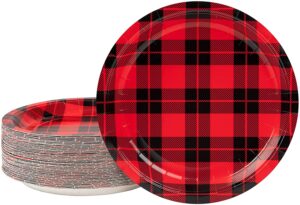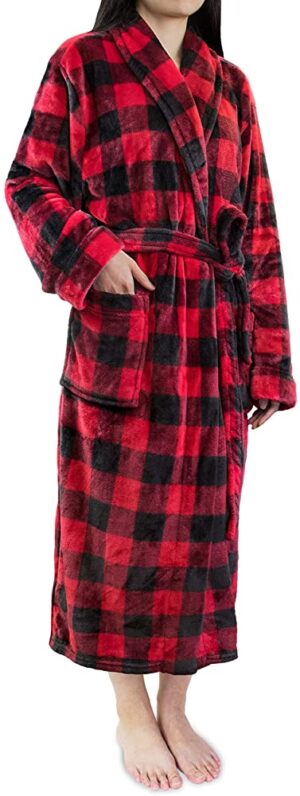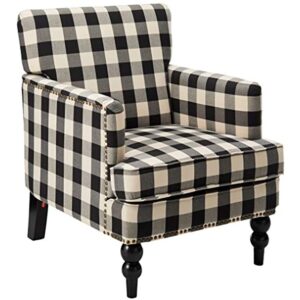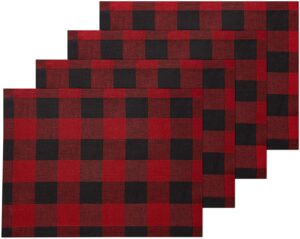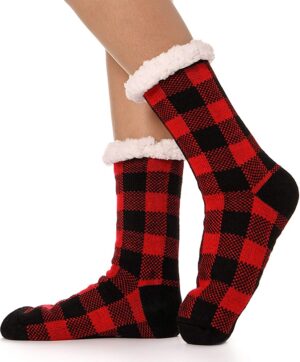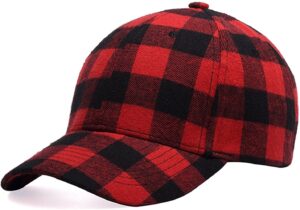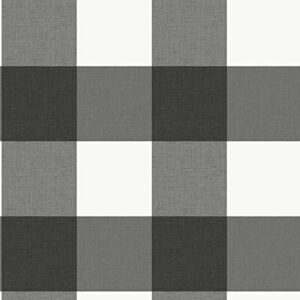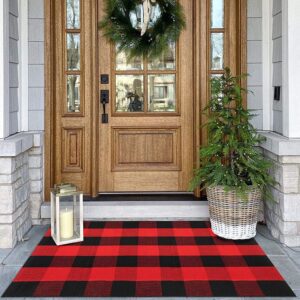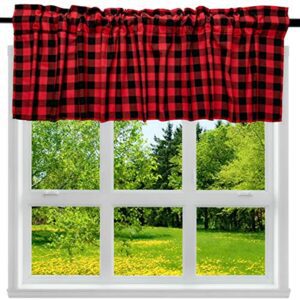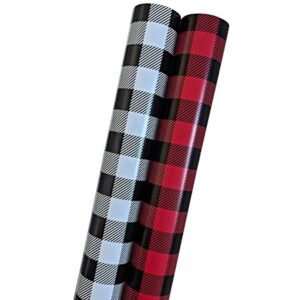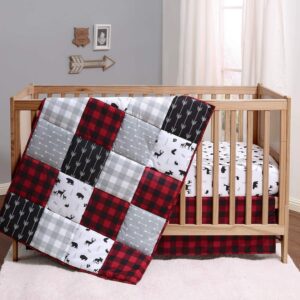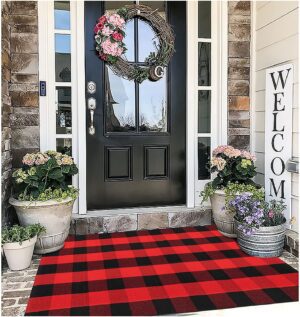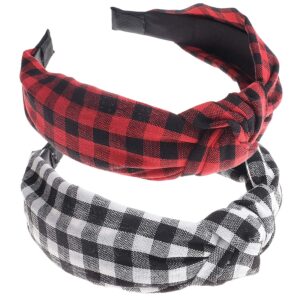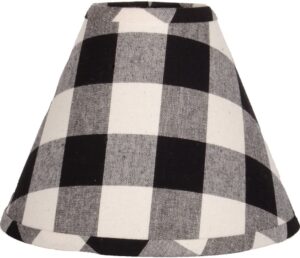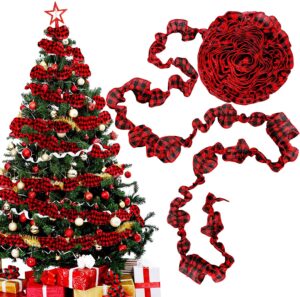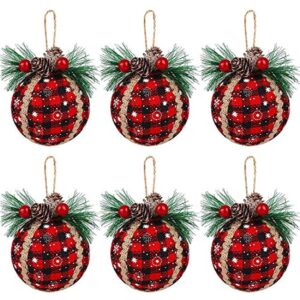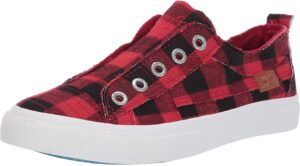Hello there! In this article, we will be discussing how to make a tablecloth. Whether you are an experienced sewer or completely new to sewing, we will guide you through the entire process step by step. From selecting the perfect fabric to measuring and cutting it, we’ll cover it all. By the end of this article, you’ll have a beautifully handmade tablecloth that will add charm and elegance to your dining table. So, let’s get started!
Choosing the Fabric
Consider the Purpose of the Tablecloth
When choosing a fabric for your tablecloth, it is important to consider the purpose of the tablecloth. Will it be used for everyday dining or for special occasions? If you will be using the tablecloth for everyday dining, you may want to choose a durable fabric that is easy to clean. On the other hand, if you will be using the tablecloth for special occasions, you may want to choose a more elegant fabric that adds a touch of luxury to your table.
Decide on the Desired Size
Next, you’ll need to decide on the desired size of your tablecloth. Measure the dimensions of your table and determine how much overhang you would like. Keep in mind that a tablecloth with a generous overhang can create a more elegant and formal look, while a tablecloth that just covers the surface of the table can give a more casual and relaxed vibe.
Select the Right Fabric Type
Now that you know the purpose and size of your tablecloth, it’s time to select the right fabric type. There are many options to choose from, such as cotton, linen, polyester, and more. Each fabric type has its own unique characteristics. Cotton is a popular choice for its easy care and versatility. Linen is known for its luxurious look and feel. Polyester is durable and wrinkle-resistant. Consider the properties of each fabric type and choose the one that suits your needs and preferences.
Consider the Color and Pattern
Finally, consider the color and pattern of the fabric. The color of your tablecloth can set the tone for your dining experience. Opt for neutral colors if you want a timeless and versatile look, or choose bold colors to make a statement. When it comes to patterns, there are endless possibilities. From classic stripes and checks to elegant florals and intricate designs, choose a pattern that complements your table and personal style.
Measuring and Cutting
Measure the Table Dimensions
To ensure a perfect fit, start by measuring the dimensions of your table. Use a tape measure to measure the length and width of the tabletop. Take note of these measurements as they will be used to determine the size of your tablecloth.
Add Extra for Overhang and Hem
Once you have the measurements of your table, add extra inches to account for the desired overhang and hem. The overhang refers to the amount of fabric that extends beyond the edges of the tabletop. It gives your tablecloth a more polished and finished look. The hem, on the other hand, refers to the folded and stitched edge of the fabric. Adding extra inches for the hem will ensure that you have enough fabric to create a clean and neat finish.
Mark and Cut the Fabric
Using the measurements you obtained earlier, mark the dimensions on your fabric using a fabric marker or chalk. Double-check the measurements before cutting to avoid any mistakes. Once you are confident in the measurements, carefully cut along the marked lines. Take your time and use sharp fabric scissors for clean and precise cuts.
Transform Your Dining Experience
Hemming and Edging
Fold and Press the Hem
After cutting the fabric, it’s time to hem the edges of the tablecloth. To create a hem, fold the edges of the fabric towards the wrong side and press them with an iron. The width of the hem is a matter of personal preference, but a 1-inch hem is common for most tablecloths. Make sure to fold the fabric evenly and press firmly to create sharp creases.
Secure the Hem with Pins or Clips
To ensure that the hem stays in place while sewing, secure it with pins or sewing clips. This will prevent the fabric from shifting or bunching up during the sewing process. Place the pins or clips about an inch apart along the folded edge of the hem. This will make it easier to sew a straight and even hem.
Sew the Hem using a Straight Stitch
Using a sewing machine or needle and thread, sew a straight stitch along the folded edge of the hem. The stitch should be close to the folded edge to secure it in place. Continue sewing all around the tablecloth, removing the pins or clips as you go. Take your time and sew slowly to ensure a neat and professional-looking finish.
Consider Adding Decorative Edging
If you want to add a decorative touch to your tablecloth, consider adding an edging. Lace, pom-pom trims, and ruffles are popular choices for adding a whimsical or elegant flair. Measure and cut the desired edging, and sew it along the edge of the tablecloth using a sewing machine or needle and thread. This will give your tablecloth a unique and personalized look.
Adding Embellishments
Choose Embellishments like Lace or Trim
Adding embellishments like lace or trim can elevate the look of your tablecloth. Choose embellishments that complement the style and theme of your table setting. Lace is a timeless choice that adds a touch of elegance, while trim can add a pop of color or texture. Consider the overall aesthetic you want to achieve and select the appropriate embellishments.
Measure and Cut the Embellishment
Once you have chosen the embellishment, measure and cut it to the desired length. Make sure to account for any overlapping or additional length required for securing the embellishment to the tablecloth. Use fabric scissors to cut the embellishment cleanly and without fraying.
Attach the Embellishment to the Tablecloth
Using a sewing machine or needle and thread, attach the embellishment to the tablecloth. Position it along the edge or in a decorative pattern, depending on your preference. Sew it securely, making sure to catch both the tablecloth and the embellishment in the stitches. Take care to sew evenly and neatly to achieve a professional and polished look.
Finishing Touches
Press the Tablecloth
Before using your homemade tablecloth, give it a final press with an iron. This will remove any wrinkles or creases and give it a crisp and smooth appearance. Use a low to medium heat setting, depending on the fabric type, and press gently to avoid damaging the fabric.
Trim Excess Threads
After pressing the tablecloth, take a moment to trim any excess threads. Use a pair of sharp scissors to cut off any loose threads or stray fibers. This will give your tablecloth a clean and finished look.
Inspect the Tablecloth for Any Imperfections
Take a close look at your tablecloth and inspect it for any imperfections. If you notice any loose stitches or uneven hems, now is the time to make any necessary adjustments. Use a needle and thread to fix any issues and ensure that your tablecloth looks its best.
Cleaning and Maintenance
Check the Cleaning Instructions for the Fabric
Once your tablecloth is complete, it’s important to check the cleaning instructions for the fabric. Different fabrics require different care, so make sure to follow the manufacturer’s recommendations. Some fabrics may be machine washable, while others may require hand washing or dry cleaning. By properly caring for your tablecloth, you can ensure that it stays in good condition for years to come.
Wash the Tablecloth Properly
When it comes time to wash your tablecloth, follow the cleaning instructions you found earlier. Use a gentle detergent and the appropriate water temperature for your fabric. Avoid using bleach or other harsh chemicals that can damage the fabric. After washing, hang the tablecloth to dry or tumble dry on low heat if allowed by the fabric care instructions.
Store the Tablecloth in a Safe Place
When you’re not using your tablecloth, store it in a safe place to keep it clean and free from damage. Fold it neatly and avoid placing heavy objects on top of it. If possible, store it in a fabric bag to protect it from dust and pests. By storing your tablecloth properly, you can extend its lifespan and ensure that it’s ready to use whenever you need it.

Using the Tablecloth
Lay the Tablecloth Flat on the Table
When it’s time to use your homemade tablecloth, lay it flat on the table. Take care to align the edges with the edges of the tabletop for a symmetrical and balanced look. Smooth out any wrinkles or creases for a polished appearance.
Smooth Out any Wrinkles or Creases
If your tablecloth has developed any wrinkles or creases during storage or transportation, gently smooth them out with your hands or a warm iron. Avoid using excessive heat as it can damage certain types of fabric. Take your time and be patient, as smoothing out the tablecloth will ensure that it looks its best.
Arrange Table Settings and Decorations
Now that your tablecloth is in place, it’s time to arrange your table settings and decorations. Set the table with plates, cutlery, glasses, and napkins. Add a centerpiece or floral arrangement to create a focal point. Consider the overall style and theme of your tablecloth and choose complementary tableware and decorations to enhance the look.
Conclusion
Now that you know how to make a tablecloth, you can enjoy the beauty and functionality of your homemade creation. Whether you’re hosting a dinner party or simply having a family meal, a well-made tablecloth can elevate the dining experience. By choosing the right fabric, measuring and cutting carefully, hemming and edging neatly, and adding embellishments if desired, you can create a tablecloth that is both stylish and practical. Remember to follow the cleaning and maintenance instructions for your fabric to ensure that your tablecloth stays in good condition. With a little care and attention, your homemade tablecloth will be a beautiful addition to your table for years to come.






